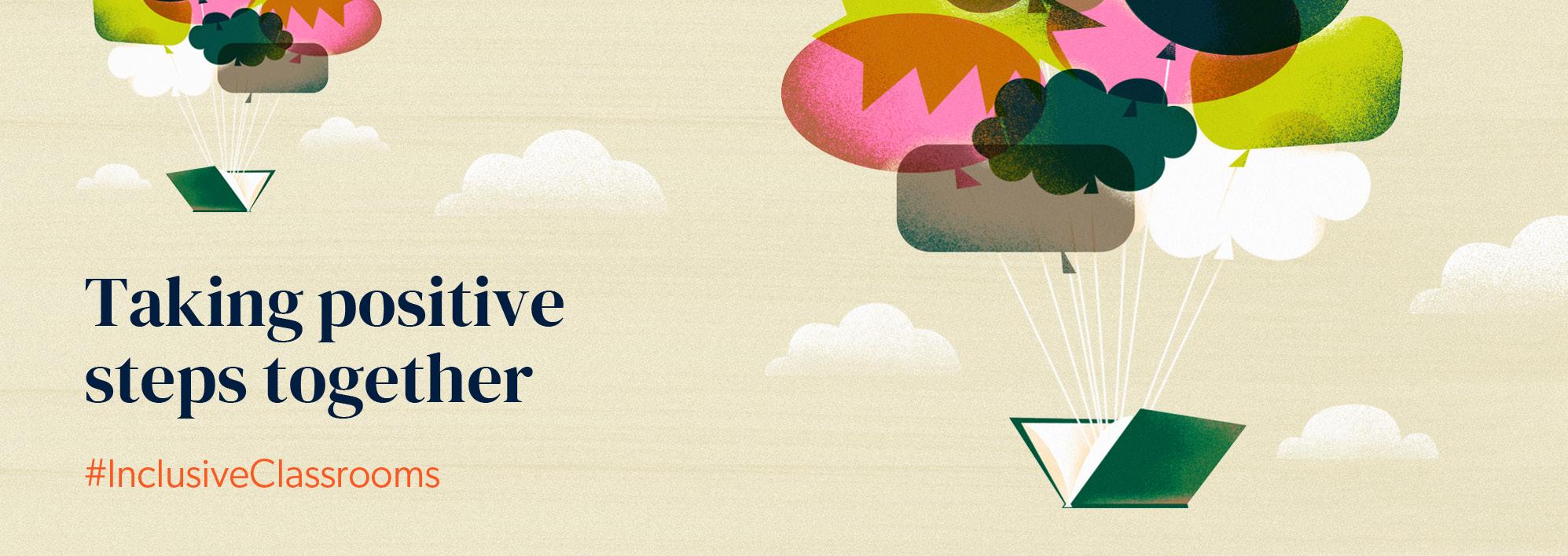Day trips and residentials are a key part of school life – for pupils and for school staff. They are not without their challenges to organise – especially with both reduced school resources and family capacity to pay – but the case that these are a core part of the childhood experience is well made.
Over the last two years, nearly one million children have missed out on the traditional transition residentials between Year 6 and 7. And many more have missed out on day trips to museums and the countryside. Even before COVID there were gaps between those who had a broad diet of visits – with their schools and with their families – and those whose access was limited.
Why is there an experience gap?
One reason is, of course, costs. But it is much more complex than this. Family confidence and culture is key. Many report a sense of ‘not belonging’ in these places and spaces. Alongside this there are practical issues like travel and kit.
And post-COVID recruitment and supply chain challenges mean that capacity at both schools and providers to plan and deliver visits remains limited.
So, what are 5 things that may help with widening access to these experiences?
1. Creating activity passports
Many schools are taking a bucket list/passport-type approach. These tick list models are great, but it is important not to reinforce cultural bias or barriers to completion. For example, ‘climb a tree’ is not accessible for all, but ‘take on a scary challenge in nature’ or ‘get up high in the outdoors’ are more open. ‘Try music you haven’t heard at home’ is less class bound that ‘listen to opera’. For more ideas on activity passports take a look at my top tips for Every Child Should.
2. Working with providers
Many trip providers and residentials will offer free teacher visits to help you check out sites ahead of trips. At these visits talk through access needs – from the practical e.g. parking and drop off/public transport options; through to the financial – what bursaries are available? Consider cultural factors e.g. food and prayer spaces. And reasonable adjustments to education sessions e.g. what language levels are materials at, is there a chance for children to move to quiet spaces if overwhelmed, etc.
Ask for accessibility and inclusion statements, and talk about policy and practice. So, for example, some museums mark all the toilets without hand dryers on their map (trust me, when you have a child with autism, that information can make all the difference to the success of a visit). Others have hearing loops and staff who use sign language.
And on these pre-event trips take video and photos that you can use to build social stories. These are easy to access descriptions of a new social event or experience that can help prepare young people for a visit to a new place.
3. Building confidence in families and children
Social stories are a great way of helping children to prepare for a trip or visit. Like these in written form for Sunderland Culture.
Others use videos to give tours of sites so that children can picture a space, or verbal descriptions that allow those who are visually impaired to familiarise themselves.
And for residential visits many providers will do pre-trip virtual questions and answers for pupils and their families, often introducing children and their carers ahead of the trip to the staff member who will be their lead contact during their stay.
4. Access free trips and make the most of subsidies
Providers must cover their running costs which – as for households – are ever increasing. Many museums, residentials and other sites are run by charities who have limited, if any, government funding. When you choose these for your visits your money is going to support future investment in the cause.
But despite these challenges, many charities offer free or subsidised trips – and if they don’t it is always worth asking. For example, Chester Zoo offers free school trips. Many National Parks offer travel bursaries. And many museums offer free entry for pre-booked self-led trips.
5. And remember – not all trips are trips far away
Camping on the school field. A walk to the local park. A space in the nearby allotment. Behind the scenes at the nearby supermarket. A lot of these are low cost/no cost options that reach into the local support that exists for schools and for many students are great stamps on their experience and activity passport.
Anita Kerwin-Nye is Lead at Every Child Should – a campaign to ensure that all children and young people get to access enrichment and extra-curricular activities.
In her day job, she is the Executive Director at YHA. The charity supports nearly 500,000 children and young people a year to have residentials and experiences in nature, heritage and the outdoors.
A teacher, youth work and charity leader, her career history has been in education and access. Anita has both a family and professional interest in access for children and young people with disabilities, and in families from working class backgrounds. Current work includes support for the Cultural Inclusion Manifesto and founding Generation Green.
She is a keeper of chickens, mum of four and can be found on Twitter being incredibly funny (she thinks) and occasionally irritating (everyone else thinks) @Anitakntweets.

